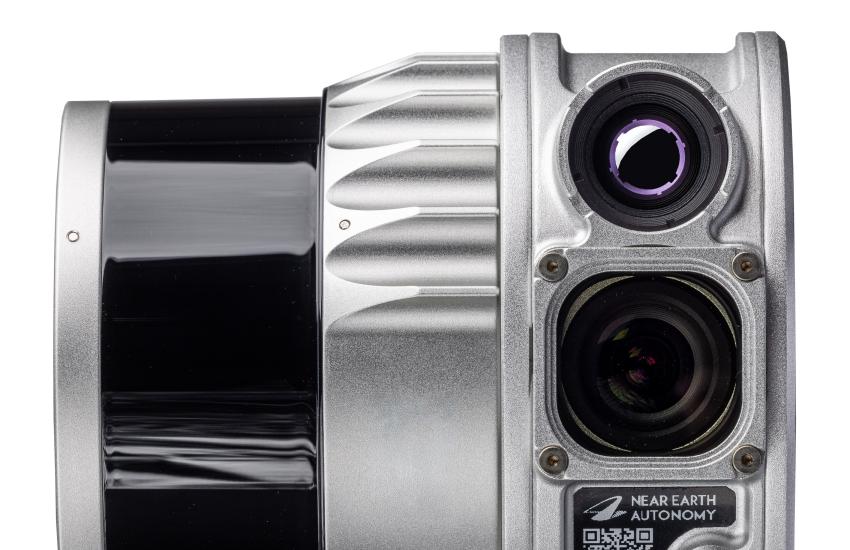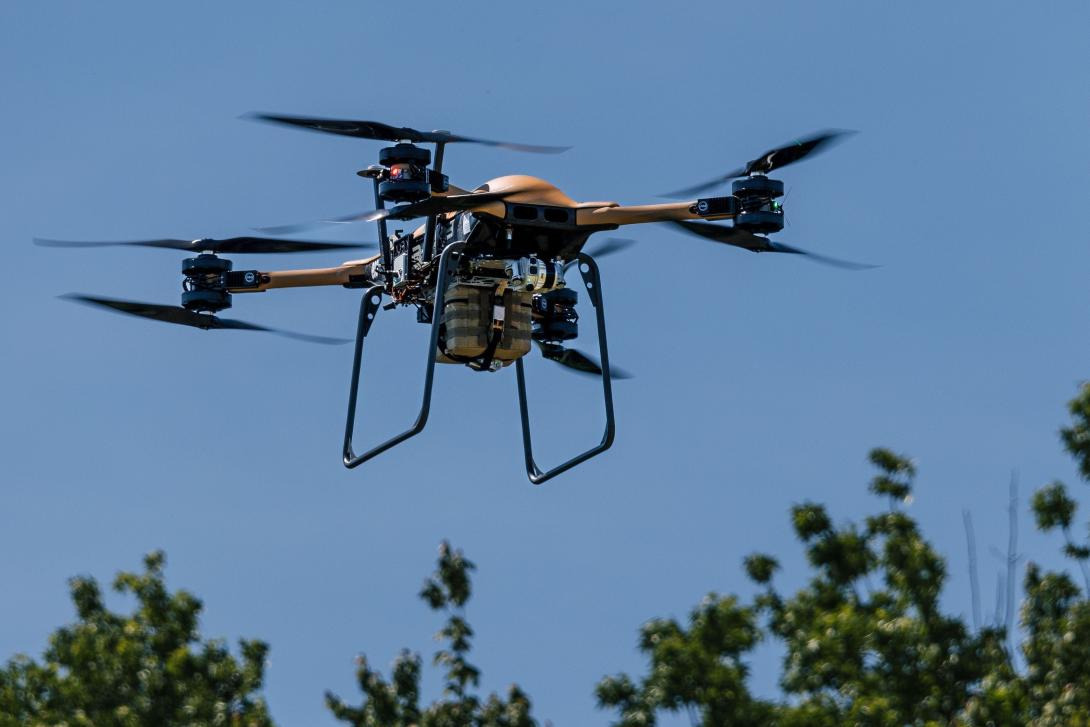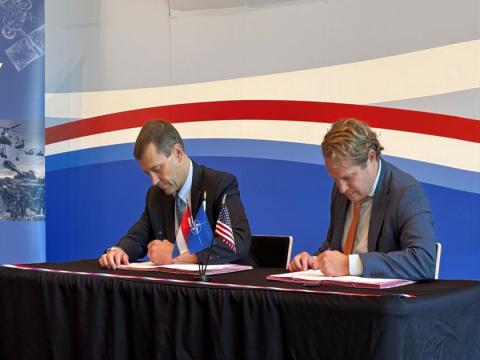Marine Corps Tactical Resupply Program Gains Autonomous Flight System
SURVICE Engineering, in support of the U.S. Navy (Naval Air Systems Command PMA-263), awarded Near Earth Autonomy a $790,000 contract to deliver miniature autonomy systems to be integrated with the U.S. Navy’s Tactical Resupply Unmanned Aircraft System (TRUAS) for the U.S. Marine Corps, Near Earth Autonomy announced Thursday.
Near Earth Autonomy (Near Earth) is a Pittsburgh, Pennsylvania, company that specializes in the development of autonomous flight systems for the government and commercial sectors.
Near Earth’s award is part of SURVICE Engineering’s prime contract for the TRUAS program, a $4.6 million agreement to provide autonomous UAS, a Group 3 TRV-150 platform designed to deliver supplies to limited-access environments without putting personnel in danger.
According to Naval Air Systems Command, TRUAS is a land-based autonomous UAS that can carry up to 120 pounds of cargo to a combat radius of 9 kilometers at a speed of 50 knots. PMA-263 aims to expand autonomous delivery operations to shore-to-ship, ship-to-ship and ship-to-shore capabilities.
With Near Earth’s subcontract, SURVICE Engineering’s TRV-150s will be equipped with Near Earth’s Firefly autonomy system, which is able to detect obstacles along a delivery route without prior knowledge of the terrain. The system supports the Marine Corps' goal of delivering supplies to frontline units more efficiently and safely.
"We continue to look for technologies that improve warfighters’ ability to operate in unpredictable, complex environments, and designed standardized, modular and open interfaces to our platform to support easier integration of technologies such as Near Earth’s Firefly," said Mark Butkiewicz, vice president of applied engineering at SURVICE Engineering.

According to Near Earth, the lightweight Firefly system can detect hazards like trees, buildings, rocks, vehicles and ditches. The system also identifies safe flight paths and landing zones without planning beforehand.
"The Firefly autonomy system is designed to give the U.S. Marine Corps a critical edge in contested and complex environments," said Sanjiv Singh, CEO of Near Earth. "By enabling autonomous resupply without the need for premapped routes or clear landing zones, we're reducing risk to personnel and ensuring that essential supplies reach frontline units faster and more reliably than ever before. This capability enhances operational agility and strengthens the Marines' ability to sustain missions in the most challenging conditions."
The lightweight system attachment allows the TRV-150 to maintain a high cargo capacity and range. Matthew DiGioia, the director of program development at Near Earth Autonomy, said Firefly also has zero impact on the maximum speed and altitude of the TRV-150.
DiGioia said Firefly’s confined area autonomy will be completed in the fall, with the delivery of integrated units expected in October.
Near Earth started adapting autonomous aerial logistics systems for small UAS with the Autonomous Aerial Cargo/Utility System program, which provided for helicopter systems. Then, the company miniaturized its system for small, unmanned aircraft. The firefly system is the company’s latest advancement.



Comments